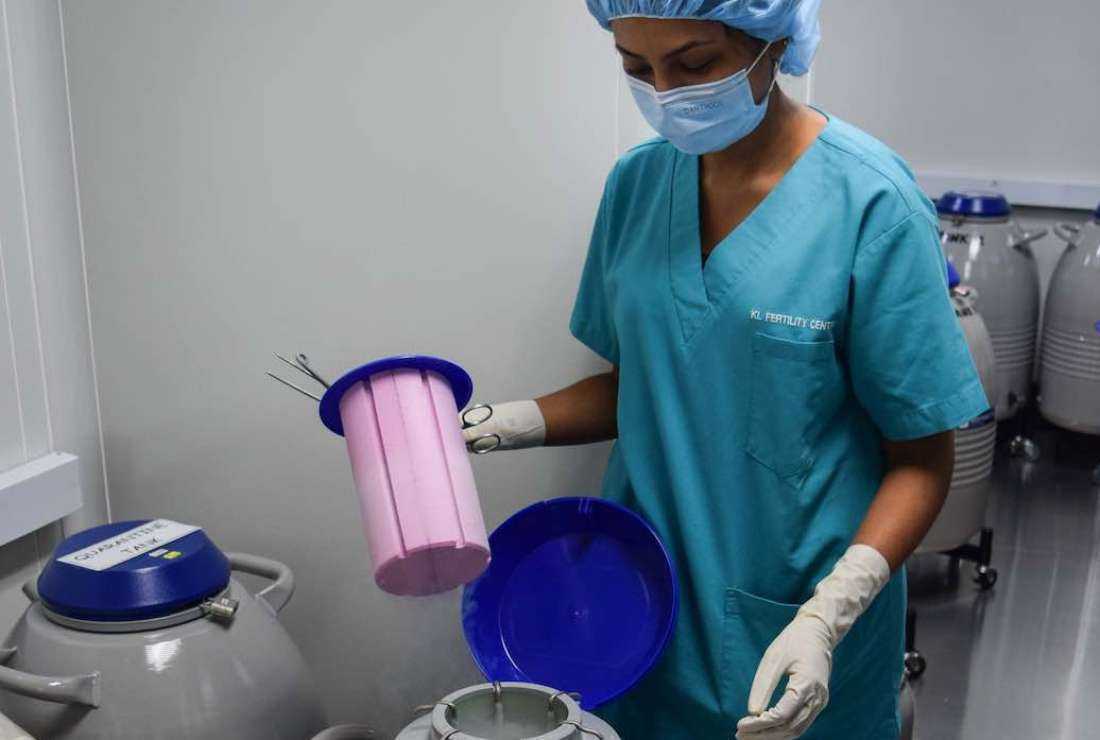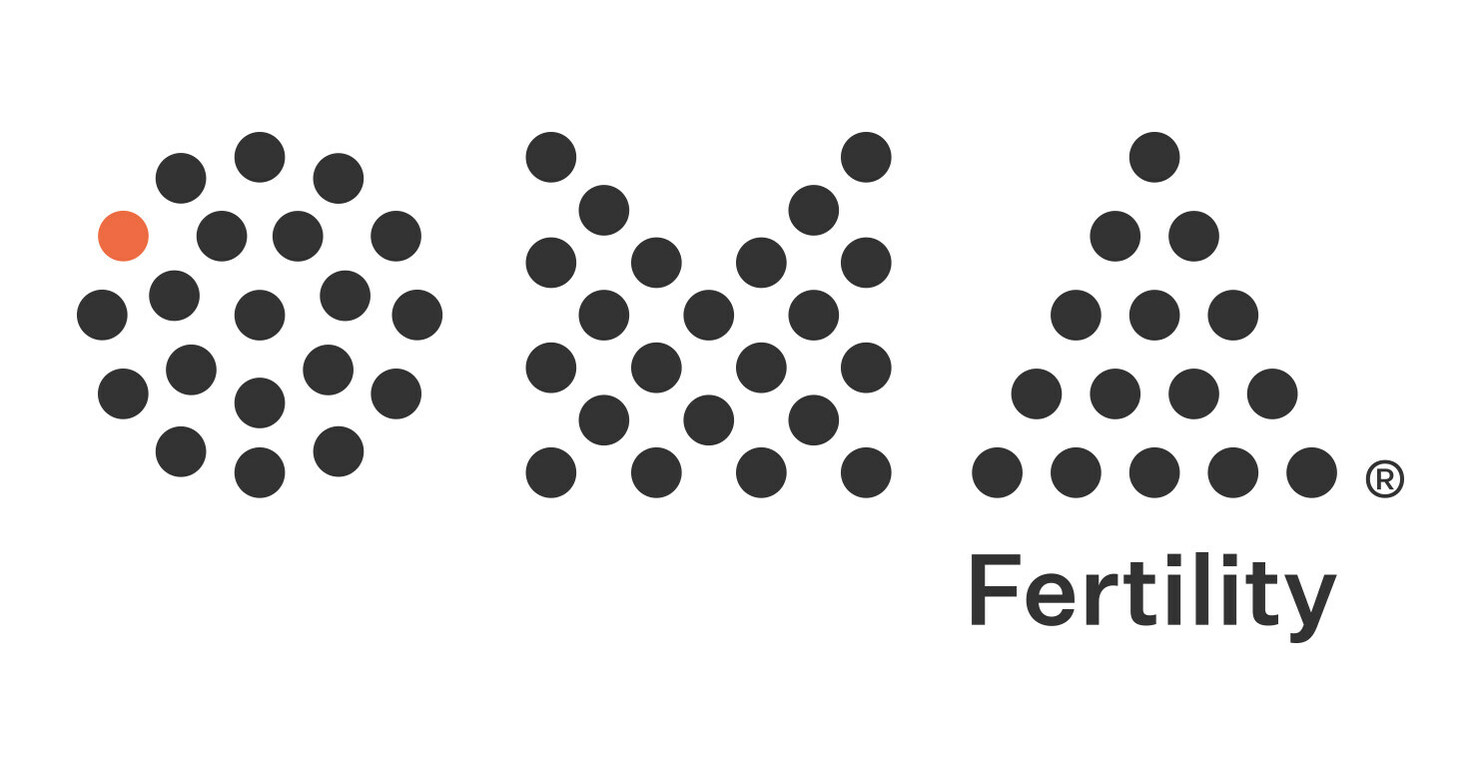Angelica Cheng
Active Member
Please see comments at the bottom of this article:
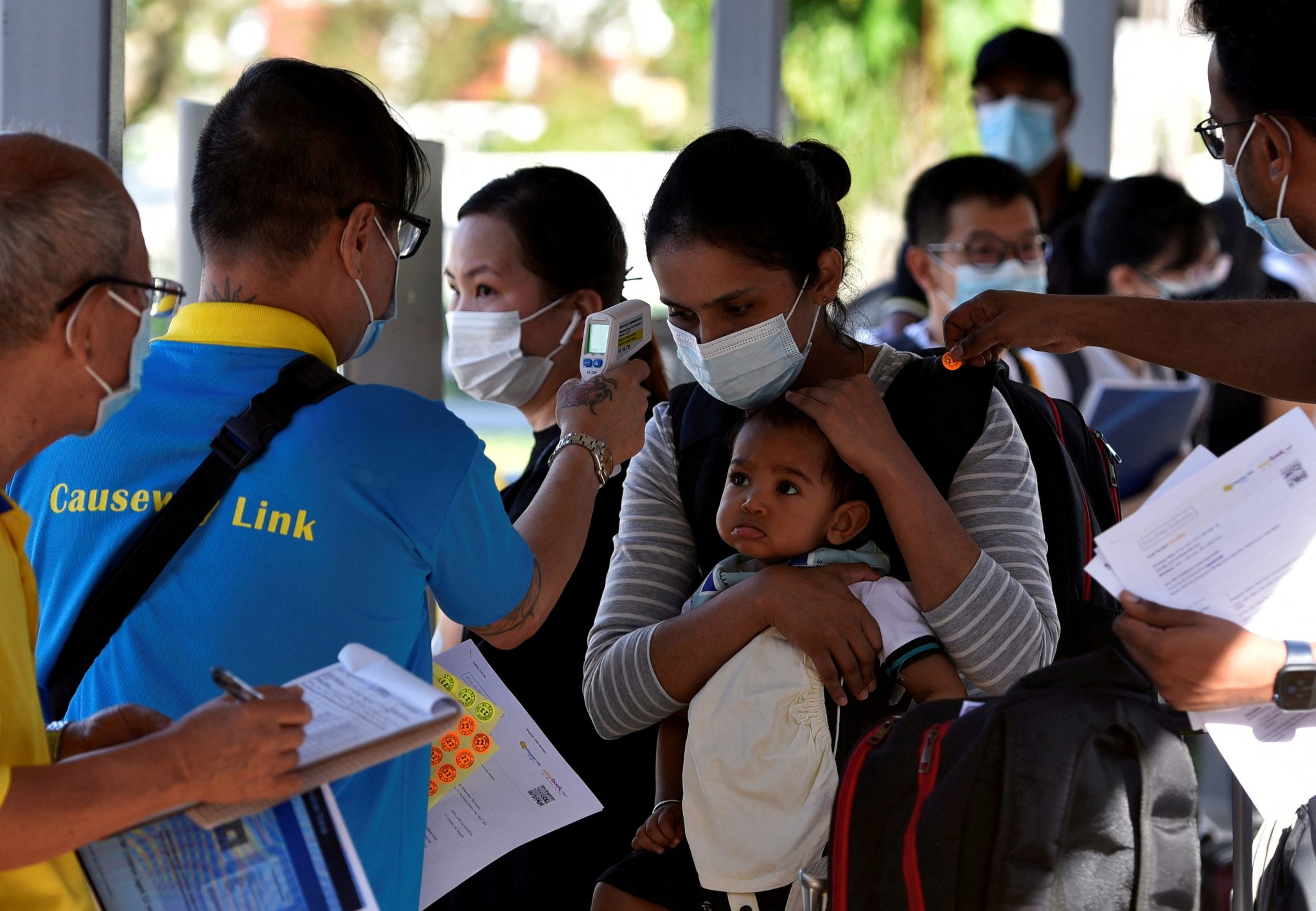
 www.eastasiaforum.org
www.eastasiaforum.org
How the Singapore Government can help women finance egg freezing
The high costs of egg freezing may make it unaffordable to many prospective egg freezing patients, particularly younger women with less savings, but at the peak of their fertility. Hence, the Singapore government should consider various financial assistance schemes to help such younger women with optimal egg quality for freezing. In this case, direct government subsidies cannot be justified because elective egg freezing for non-medical reasons is non-essential for sustenance of either health or life. Nevertheless, there are various other options that can be considered. Perhaps, it may be wise to set an even younger age limit for such financial assistance to egg freezing patients, for example 30 years of age. This could serve as an incentive to push and encourage women to freeze their eggs even younger for their own benefit, thus boosting their chances of future reproductive success.
Utilizing Central Provident Fund Medisave for egg freezing
In Singapore, the compulsory pension plan that all public and private sector employees must subscribe to is the Central Provident Fund (CPF), the medical component of which is known as Medisave. At present, CPF Medisave can be utilized to fund IVF treatment of married patients who have trouble conceiving. Perhaps, the government should also consider allowing the utilization of CPF medisave for non-medical egg freezing.
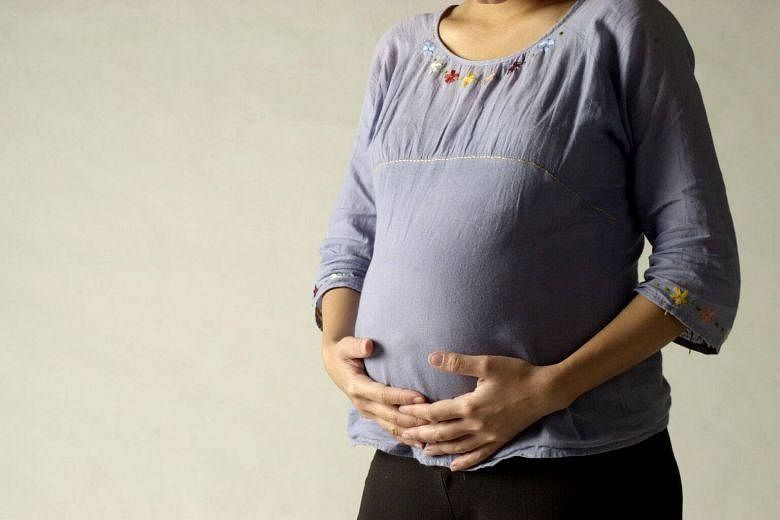
 www.straitstimes.com
www.straitstimes.com
Medical fee subsidy for egg freezing in return for egg donation - Freeze and Share
In some countries such as the USA and UK, Freeze and Share programs, in which the medical fees of egg freezing patients are heavily subsidized in return for donation of some of their eggs, have already been operating for several years. The advantage of such a scheme is that there are no additional costs to government coffers, as subsidies come directly from IVF patients receiving egg donation. Moreover, Freeze and Share programs can also overcome the persistent shortage of egg donors for IVF patients in Singapore.
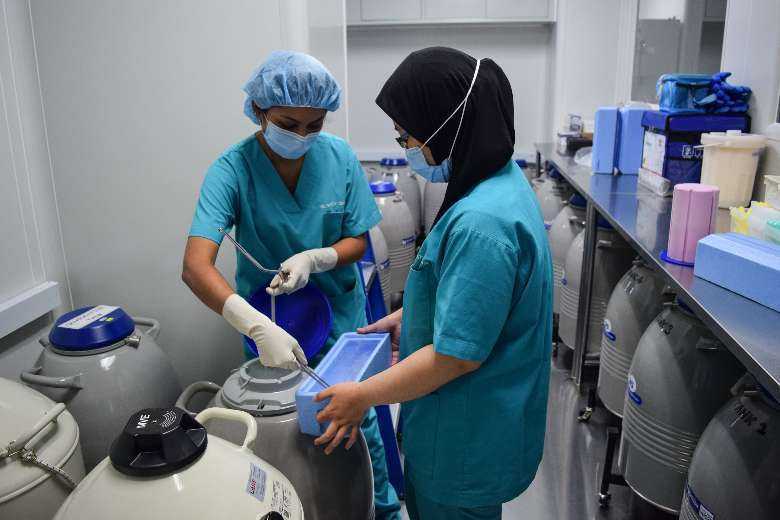
Government-funded low interest-rate loans for egg freezing patients
Yet another option is for the Singapore government to provide loans to younger women freezing their eggs, with low interest rates equivalent to current government loans for university tuition fees and public housing.
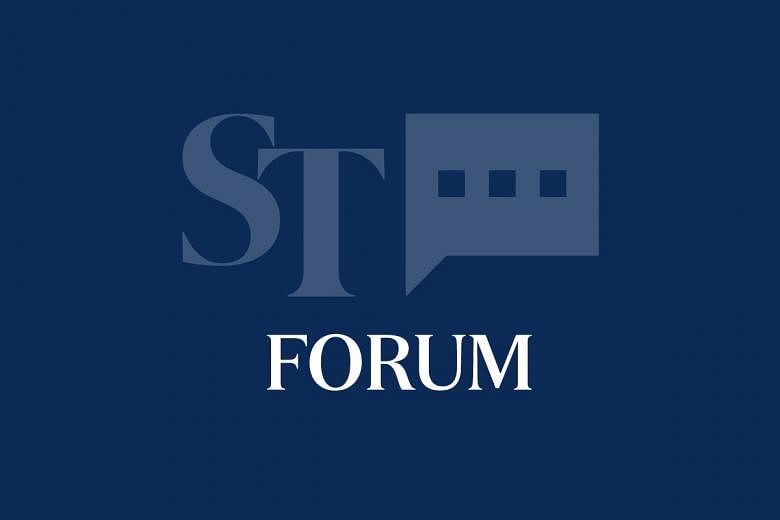
 www.straitstimes.com
www.straitstimes.com
Employer-sponsored egg freezing
Perhaps some companies in Singapore might consider sponsoring elective egg freezing for their female employees as a corporate perk, to attract and retain human capital. Indeed, this is already being practiced by tech giants such as Apple, Google and Facebook within the USA.

 www.todayonline.com
www.todayonline.com
Refund of medical fees for donation of unused frozen eggs
The Singapore government can also consider allowing women who donate their unused frozen eggs to be refunded medical fees by recipient IVF patients. In this case, ethical problems associated with undue financial inducements, and commercial egg trading are not applicable, because these women are just being reimbursed medical fees that they had already spent.
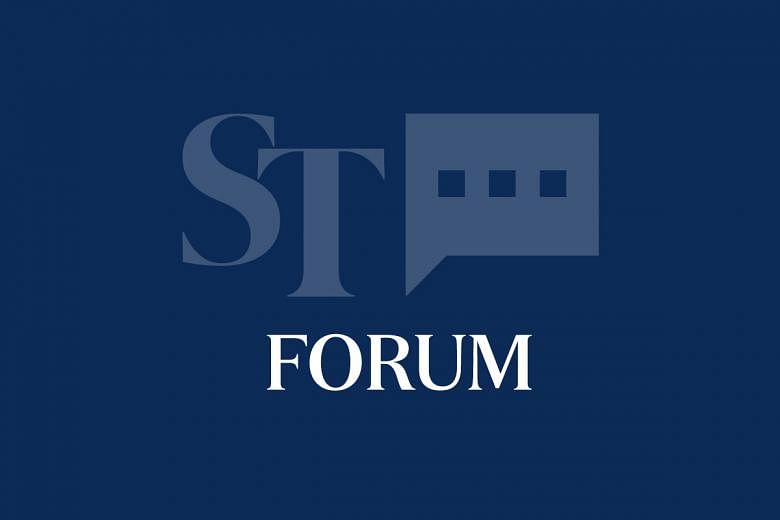
 www.straitstimes.com
www.straitstimes.com

Can egg freezing crack Singapore’s demographic decline? | East Asia Forum
The legislation of elective egg freezing grants Singaporean women more reproductive options, but there are still enduring financial and cultural barriers to fertility.
How the Singapore Government can help women finance egg freezing
The high costs of egg freezing may make it unaffordable to many prospective egg freezing patients, particularly younger women with less savings, but at the peak of their fertility. Hence, the Singapore government should consider various financial assistance schemes to help such younger women with optimal egg quality for freezing. In this case, direct government subsidies cannot be justified because elective egg freezing for non-medical reasons is non-essential for sustenance of either health or life. Nevertheless, there are various other options that can be considered. Perhaps, it may be wise to set an even younger age limit for such financial assistance to egg freezing patients, for example 30 years of age. This could serve as an incentive to push and encourage women to freeze their eggs even younger for their own benefit, thus boosting their chances of future reproductive success.
Utilizing Central Provident Fund Medisave for egg freezing
In Singapore, the compulsory pension plan that all public and private sector employees must subscribe to is the Central Provident Fund (CPF), the medical component of which is known as Medisave. At present, CPF Medisave can be utilized to fund IVF treatment of married patients who have trouble conceiving. Perhaps, the government should also consider allowing the utilization of CPF medisave for non-medical egg freezing.

Forum: Letter of the week #1 Allow use of CPF to pay for egg freezing
I applaud the Government for reconsidering its ban on social egg freezing (Govt reviewing ban on women freezing eggs for non-medical reason, Oct 22). Read more at straitstimes.com.
Medical fee subsidy for egg freezing in return for egg donation - Freeze and Share
In some countries such as the USA and UK, Freeze and Share programs, in which the medical fees of egg freezing patients are heavily subsidized in return for donation of some of their eggs, have already been operating for several years. The advantage of such a scheme is that there are no additional costs to government coffers, as subsidies come directly from IVF patients receiving egg donation. Moreover, Freeze and Share programs can also overcome the persistent shortage of egg donors for IVF patients in Singapore.

Singapore's 'freeze and share' conundrum faces would-be mothers - UCA News
The city-state will allow social egg freezing from 2023 but there are numerous ethical issues associated with it
www.ucanews.com
Government-funded low interest-rate loans for egg freezing patients
Yet another option is for the Singapore government to provide loans to younger women freezing their eggs, with low interest rates equivalent to current government loans for university tuition fees and public housing.

Forum: Permit social egg freezing and let younger women pay using their CPF money
I strongly agree with Ms Malavika Menon that permitting social egg freezing in Singapore would expand family planning choices for young women and allow them to undergo this difficult and painful medical procedure within the comfort and security of their home environment (Dilemma of social egg...
Employer-sponsored egg freezing
Perhaps some companies in Singapore might consider sponsoring elective egg freezing for their female employees as a corporate perk, to attract and retain human capital. Indeed, this is already being practiced by tech giants such as Apple, Google and Facebook within the USA.

Company-sponsored egg freezing should be strictly regulated if Singapore permits procedure
During the debate on the Ministry of Health’s budget last week, Tampines Group Representation Constituency Member of Parliament Cheng Li Hui reiterated her call that egg freezing be allowed here in view of Singapore’s ageing demographics.
Refund of medical fees for donation of unused frozen eggs
The Singapore government can also consider allowing women who donate their unused frozen eggs to be refunded medical fees by recipient IVF patients. In this case, ethical problems associated with undue financial inducements, and commercial egg trading are not applicable, because these women are just being reimbursed medical fees that they had already spent.

Forum: Consider donating unused frozen eggs to IVF patients
I applaud the Government's decision to allow women to undergo non-medical freezing of their eggs (Singapore to allow women, including singles, to freeze their eggs for non-medical reasons, March 28). Read more at straitstimes.com.
Last edited:


